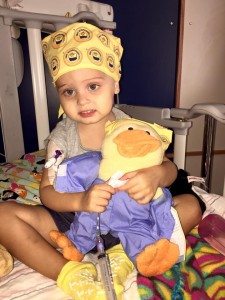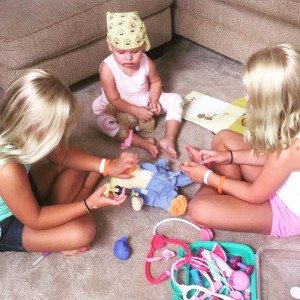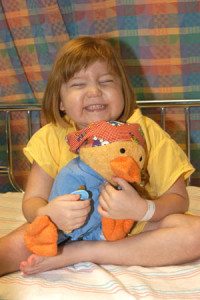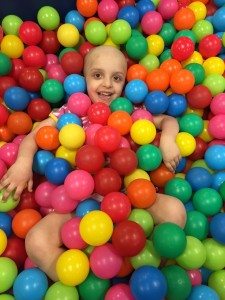For the entire month of January, Chemo Duck will receive a portion of the proceeds from sales from The Hope Market – an online shopping site featuring accessories like necklaces, headbands, hair ties and shirts. 
The market is a part of Headbands of Hope, founded by Jessica Ekstrom in 2012.
It was during a college internship that Ekstrom noticed a need for providing headbands to children undergoing cancer treatments.
“I had noticed that girls who lost their hair to chemotherapy loved to wear headbands,” said Ekstrom. “Since that was a need that hadn’t been fulfilled yet, I wanted to create a solution.”
For every item purchased from Headbands of Hope, a headband is donated to a child with cancer and $1 is donated to a childhood cancer organization of the customer’s choice.
As word of the company spread, so did Ekstrom’s interest in helping pediatric cancer patients on a larger scale.
“Going to hospitals to donate headbands has given us a lot of insight to the needs of the facilities and the families of kids with cancer,” she said. “The Hope Market is our way to fulfill those various needs. 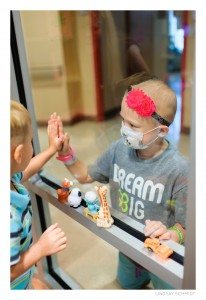
“We want to assist any organization that we feel is either working towards a cure or helping enhance the lives of kids while going through treatment.”
Chemo Duck was an easy fit for the company’s charitable giving focus, she said.
“We immediately fell in love with Chemo Duck because it serves as a point of education for the child, but it also makes the experience lighter and easier with a cute stuffed animal,” said Ekstrom. “We see first-hand how scary it can be for a child to go into a hospital. Even scarier is the fear of treatment and what it’s like.”
Headbands of Hope is not just for girls. A boys line of buffs has been a huge hit, she said adding that the newest accessory allowed the company to cater to all childhood cancer patients.
“In June we celebrated donating head accessories to every single hospital in the U.S. We have also made donations to Canada, Spain, Mexico and Peru.”
For more information about how you can help support pediatric cancer patients and Chemo Duck in January to go www.headbandsofhope.com

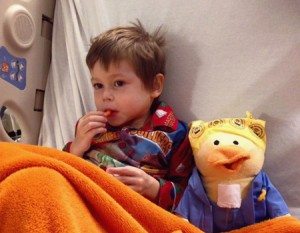
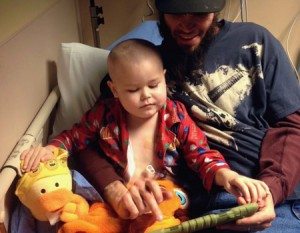
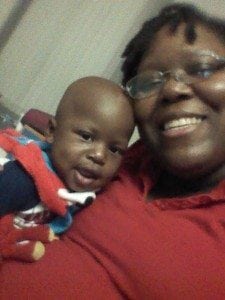
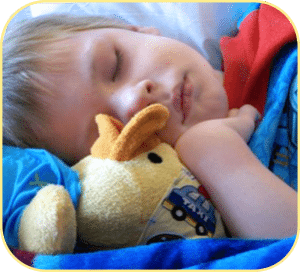

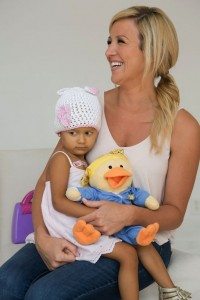 We will continue to discuss the different chapters from our digital
We will continue to discuss the different chapters from our digital 